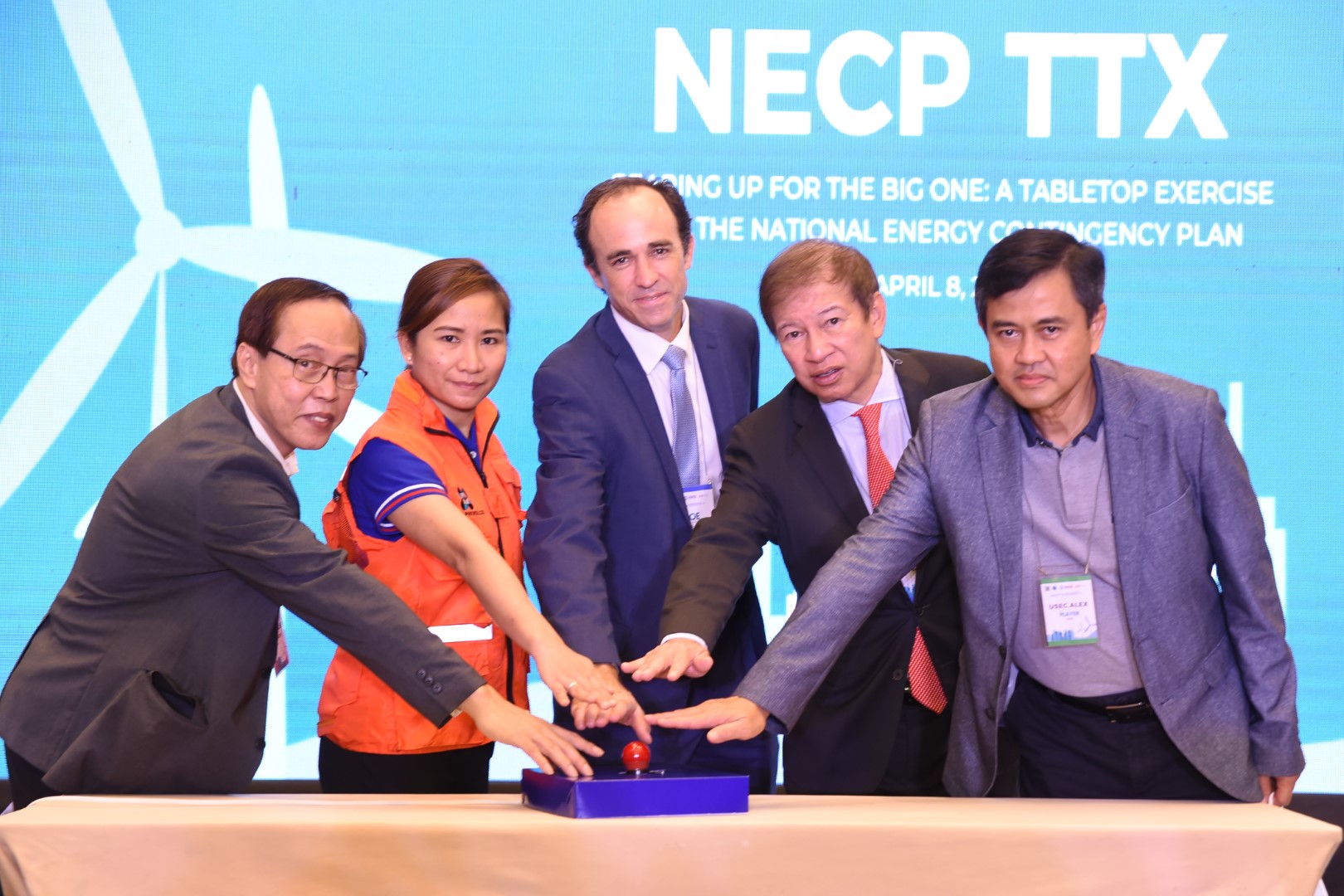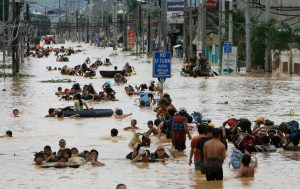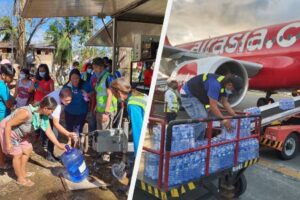The Department of Energy (DOE) recently conducted a tabletop exercise as part of updating the National Energy Contingency Plan (NECP) for the magnitude 7.2 earthquake or “The Big One.”
As part of the Department’s initiative in a whole nation’s approach to the Energy sector, DOE, in partnership with the Philippine Disaster Resilience Foundation (PDRF), Program Management Office for the Earthquake Resiliency of the Greater Metro Manila Area (PMO-ERG), Office of the President, Office of the Civil Defense (OCD), and the Philippine Institute of Volcanology and Seismology (PHIVOLCS), gathered together various energy stakeholders from the power and oil sectors and other concerned government agencies to test and improve the protocols and response arrangements of the energy sector in a worst-case scenario of an M7.2 earthquake that may strike in GMMA. The exercise was designed and led by the PDRF Operations Team.
“Pursuant to Department Circular No. DC2018-01-0001, the energy sector has organized itself through the Task Force on Energy Resiliency (TFER) to respond to any disaster event. We recognize that power and fuel are part of the basic needs necessary to immediately recover in the event of such disaster. With the threat of a magnitude 7.2 earthquake in the GMMA, we must be proactive in developing plans and policies to ensure availability of energy supply. And to have a whole government approach, the DOE’s partnership with the private sector plays a very significant role in crafting the National Energy Contingency Plan (NECP). This allows the Department to have a broader perspective when it comes to anticipating possible scenarios and formulating operational concepts to attain a unified goal,” said Energy Secretary Alfonso G. Cusi.
“The threat of a Magnitude 7.2 earthquake emanating from the West Valley Fault is ever present based on scientific studies. Such event poses a huge risk to lives, properties and financial resources of the Greater Metro Manila Area. It is, therefore, imperative to reduce the risks associated with this anticipated event and enhance our capacities to resist, withstand, respond, cope, and recover from its impact. We have to take collective mitigation and preparatory as a Nation. The Energy Sector plays a vital role in this endeavor and should be made robust in order to ensure speedy recovery of the Philippines’ economy,” said PMO-ERG Assistant Secretary Ramon Santiago.
“PDRF and the private sector work closely with DOE in quake drills and simulations and in the restoration of power after emergencies such as Super Typhoon Odette last December and other storms, volcanic eruptions, and earthquakes around the country. That collaboration is a global example of how the public and the private sector can work together in good times and bad,” said PDRF President Butch Meily.
As the first sector to hold this kind of exercise, the Department aims to craft a harmonized multi-sectoral disaster response and recovery plan and measures from various energy stakeholders in preparation for the possible effects and impacts of “The Big One.”
This activity, supported by the United States Agency for International Development, will be the basis of the Department Circular that will institutionalize the adoption of the NECP for “The Big One,” which includes the response protocols and arrangements as well as the necessary disaster preparedness and rehabilitation measures that could mitigate and reduce the impact in the energy sector.



